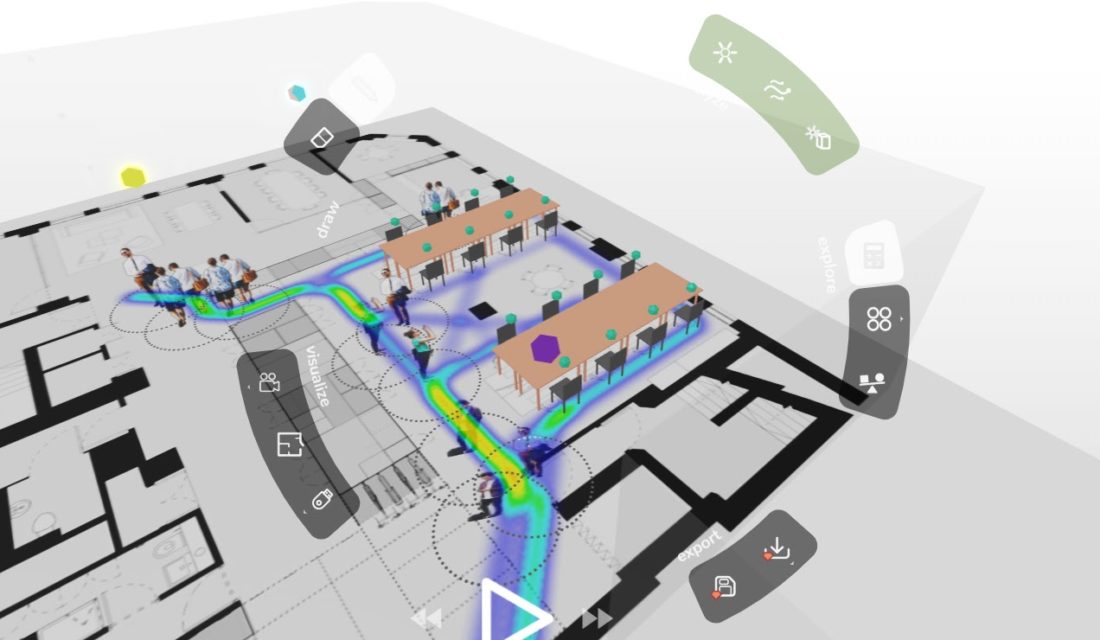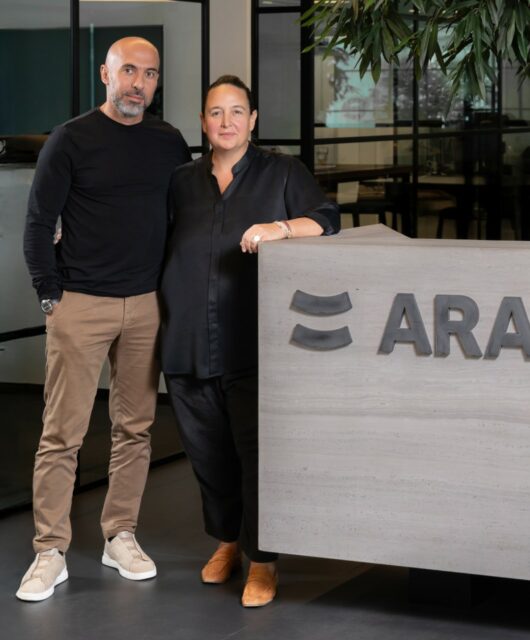Digital Blue Foam introduces COVID-19 space planner to fight pandemic with generative design

To help mitigate the risks associated with post-lockdown occupancy, Digital Blue Foam, a Singapore-based software design firm for the AEC industry, is developing a tool that helps to assess the risk of virtual exposure over extended periods of time in enclosed spaces. The tool analyses factors such as total occupancy and proximity, airflow and ventilation, and the duration of activity in the space. Based on these factors, the tool applies Digital Blue Foam’s generative design capabilities to recommend spatial planning strategies, such as the location of entry points, work areas, furniture placement, and retrofits, to mitigate the risk.
Camiel Weijenberg and Sayjel Patel, co-founders of Digital Blue Foam said: “With the gradual easing of lockdown restrictions in many countries, people will slowly begin to move back into communal spaces. Everyone will need to look at their environment and make critical judgments. We are developing a tool which extends the capabilities of Digital Blue Foam to help business owners critically assess the risks based on factors of building volume, people, and airflow so they can design the safest and best strategy for their needs.”
Here are the the COVID-19 space planner’s features:
1. Easy Import – Import existing layout as an image or CAD file, identify seating areas, air-conditioning zones, entry points, circulation routes, and fire exiting using a simple 2D web interface
2. Identify risk areas with the ability to simulate air flow and circulation
3. Intelligent Spatial Layouts Generated based on different occupancy scenarios. Generate new layouts of existing furniture and elements using AI in the browser
4. Easy Export – 3D layouts models and visuals. The DBF team is currently working on a free version which they intend to make available to small business owners during the pandemic. They are in contact with experts in medicine, CFD analysis, and wayfinding to develop new capabilities around airflow simulation and risk assessment. The team is currently in discussions to develop a pilot project and looking to release a beta version for general use at a later date.







